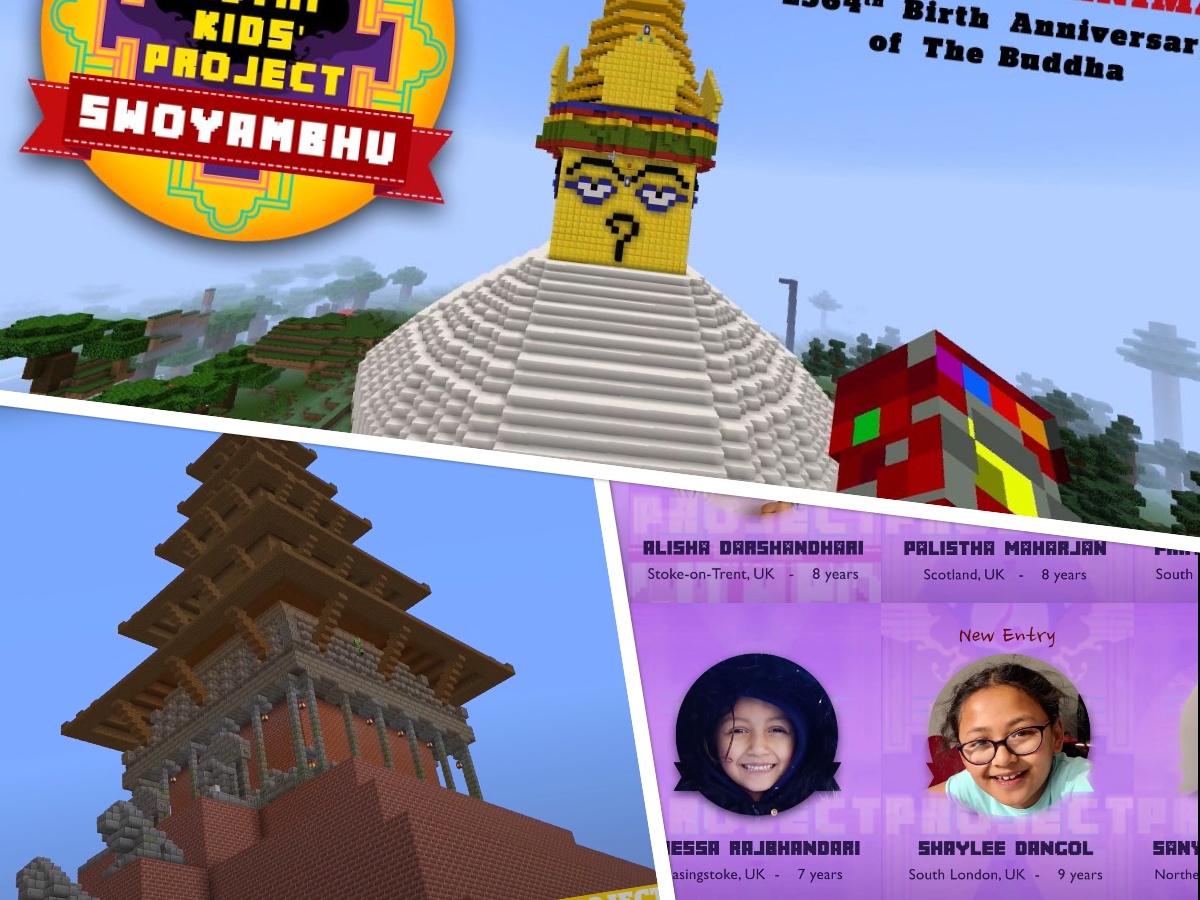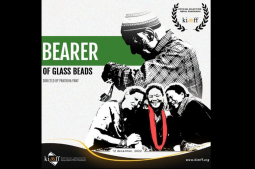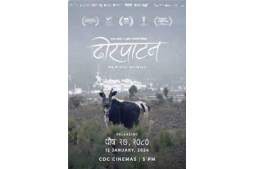
Coronavirus is finally under control in the UK but until a few weeks ago, nearly one thousand deaths per day was something that left us with no other option than bringing everything to a halt. In human history, locking someone up has had no other purpose than punishment for a crime. However, this time, we all willingly accepted it for the fear of death and to save everyone else. In an unprecedented situation like this, one of the vulnerable groups, among others, is always the children. As parents, we are also not trained to help our kids with this totally new face of life, but creativity and technology candefinitely be thelife hack.
Weeks before the UK government officially imposed lockdown on March 23, many kids had already stopped going to school. Following a nationwide school closure, the kids with left with no means to meet their usual classmates either. This was when Pasa Puchah Guthi UK, a Nepali community organisation active for the last two decades in preserving Newah culture in the UK, stepped in.
Setting up a safe virtual space called ‘Guthi Minecraft Server’ for the Nepalese kids under the age of thirteen. A total of 15 kids have come together virtually for two hours every day to play and learn about Nepali cultural heritage for the last three months. Coming from various regions across the UK, they have not met each other in person yet. Many of them were not even aware of the gaming platform beforehand.
Their learning basically started with two weeks of knowing each other. Getting familiarised with the tools in hand, they also familiarised with each other’s strength and weaknesses. In the next phase, they started off with their first project to build Swoyambhu – Nepal’s most popular Buddhist shrine. Overarching as the aim was, the new tools meant they had to work really hard to get smallest of tasks done. Many structures were built using repetitive steps and in a time-consuming manner. However, the resulting monument was no less than impressive for the first timers. Incidentally, it was completed on May 7 which was also Buddha’s birth anniversary.
‘There’s a lot to learn from the Guthi Minecraft projects and I find them quite challenging. I actually remember going to Swoyambhu when I went to Nepal with my family.’, says 8 years old Alisha Darshandhari from Stoke.
However, 7 years old Raessafrom Basingstoke has a very faint memory of Swoyambhu as she was very small when she visited the site.
The second project they built was the Big Ben. As many of them had not even visited Swoyambhu in person, the Big Ben did work as something more familiar for them to work on. However, having seen a monument is just not enough to recreate it in three-dimensional space was something they realised soon. One needs to observe the details of its architecture, which became evident in their work by the time it was complete. By then, they had also gained speed besides getting a little frustrated by the need for manual repetitive tasks to carry out.
Eight years old Yash Rajbhandari from Basingstoke says, ‘I realised that the top pyramid of the Big Ben is actually darker in colour!’.
The third monument for them to build was quite a tough call, - the mighty Nyatapola, which is also Nepal’s tallest temple. The modularity and rhythm in this architecture was something that kept them fascinated for ten days. Besides the concept of formal balance, in their subconscious, the monument was a perfect introductionto the unique Nepalese technique of establishing visual harmony where many different animals were assembled in one structure. This was also the first project in which they tried out programming techniques to avoid manual repetitions.
Alisha remembers visiting Nyatapola with her sister but Raessa didn’t know about it before this project. On the other hand, Yash thinks it is unique and of religious importance.
The kids have been sharing the skills at all levels. The building projects have helped the UK-based Nepali kids to develop some understanding of Nepali heritage and share information with each other. While the kids are also preparing a virtual gallery of Devnagari and Ranjana script letters, as their fourth major project, Yash and Sanyojan came up with the idea of an especially programmed, dynamic locomotive called ‘Guthi Express’. Each of their team can sit on different compartments of this roller-coaster ride and enjoy the ride that makes the sound of a choo-choo train. They are now in a mission to expand this unique project such that the tracks resemble a Srivatsa, - an infinite knot which is one of the eight auspicious symbols in Nepali Hinduism and Buddhism. If you start tracking it from any point, you will never end anywhere; thus, letting you experience the concept of infinity and as such the endlessness of life.
After the lockdown is completely lifted and things are back to normal, the junior architects of the virtual Nepali world look forward to meeting each other in person for the first time. They are already planning where they should meet and what games they should play!






Leave A Comment